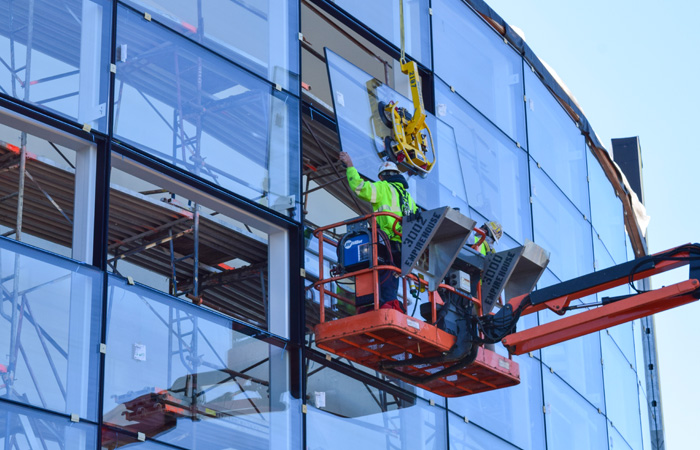Understanding the Shifting Landscape of Work
The world of work is changing faster than ever before. Automation, globalization, and technological advancements are reshaping industries and creating new demands on the workforce. Skills that were once highly valued are becoming obsolete, while entirely new skill sets are emerging. To remain competitive, businesses need to proactively anticipate these shifts and adapt their workforce strategies accordingly. This isn’t just about replacing workers; it’s about empowering them to thrive in the evolving workplace.
Identifying Future Skill Gaps
A critical first step is identifying the skills your organization will need in the future. This involves analyzing current and projected job roles, understanding emerging technologies relevant to your industry, and examining industry trends. Consider using skills gap analysis tools and conducting internal surveys to understand employee skills and identify areas where training or recruitment efforts should be focused. Don’t just focus on technical skills; soft skills like critical thinking, problem-solving, communication, and collaboration are equally important and often overlooked.
Investing in Upskilling and Reskilling Initiatives
Once you’ve identified the necessary skills, invest heavily in upskilling and reskilling your current employees. This demonstrates a commitment to your workforce and fosters loyalty. Offer a variety of training opportunities, including online courses, workshops, mentoring programs, and job shadowing experiences. Tailor the training programs to the specific skills gaps identified and ensure they are engaging and relevant to employees’ roles. Consider partnering with educational institutions or online learning platforms to access a broader range of training options.
Embracing Technology for Enhanced Productivity
Technology is transforming the workplace, and embracing it is crucial for future-proofing your workforce. This includes implementing automation tools to streamline processes, investing in cloud-based solutions to enhance collaboration, and utilizing data analytics to make informed decisions about workforce planning. However, it’s not just about adopting new technologies; it’s about ensuring your employees have the skills and training to use them effectively. Provide adequate support and training to avoid resistance and ensure a smooth transition.
Cultivating a Culture of Continuous Learning
Creating a culture that values continuous learning is essential for a future-proof workforce. Encourage employees to actively seek out new knowledge and skills through self-directed learning. Provide resources like online learning platforms, professional development budgets, and opportunities to attend conferences and workshops. Recognize and reward employees who demonstrate a commitment to lifelong learning. This fosters a culture of innovation and adaptability within your organization.
Attracting and Retaining Top Talent
Future-proofing your workforce also involves attracting and retaining top talent. This requires creating a positive and supportive work environment that values employee well-being, offers competitive compensation and benefits, and provides opportunities for growth and advancement. Highlight your commitment to learning and development in your recruitment materials to attract candidates who are eager to learn and adapt. Focus on creating a culture where employees feel valued, respected, and empowered to contribute their best work.
Strategic Workforce Planning: A Continuous Process
Future-proofing your workforce isn’t a one-time project; it’s an ongoing process that requires continuous monitoring, evaluation, and adjustment. Regularly review your workforce plan, assess the effectiveness of your training programs, and gather feedback from employees to identify areas for improvement. Stay informed about industry trends and emerging technologies to anticipate future skill needs. By making workforce planning a strategic priority, you can ensure your organization has the talent it needs to thrive in the future.
Adaptability and Resilience: The Keys to Success
In today’s dynamic environment, adaptability and resilience are critical traits for both individuals and organizations. Encourage employees to develop these skills through training and experience. Foster a culture of experimentation and innovation, where employees feel comfortable taking risks and learning from mistakes. Building a workforce that is adaptable and resilient will allow your organization to navigate future challenges and opportunities successfully. Click here to learn about workforce planning analytics.






